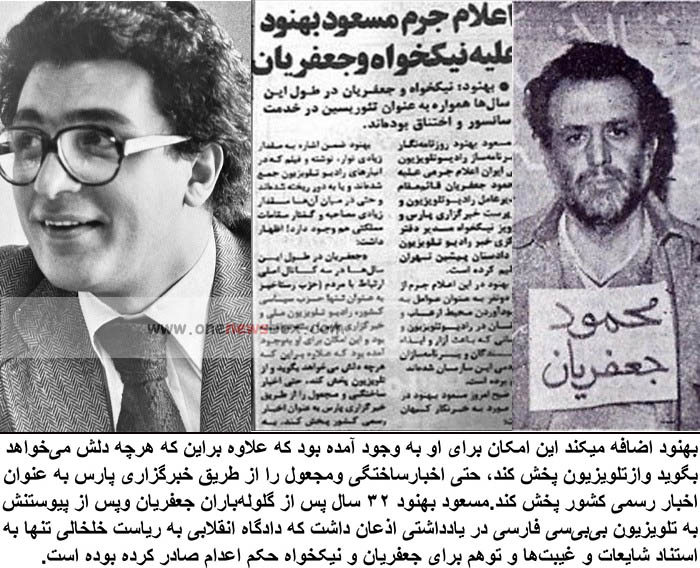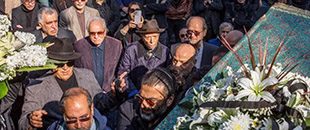Trial and Execution: Revolutionary Justice
In the chaotic days following the Shah’s departure and the rise of Ayatollah Khomeini, Iran’s revolutionary justice system moved swiftly and often without adherence to traditional legal procedures. Among the first targets of the Islamic Revolutionary Court, led by the hardline cleric Sadeq Khalkhali, were those seen as representatives of the Pahlavi regime’s ideological and coercive apparatus.
Mahmoud Jafarian and Parviz Nikkhah were among the first to be tried. Their prosecution set a precedent for how rapidly and ruthlessly the new regime would pursue retribution. On 12 March 1978, just weeks after the revolution’s success, both men were executed by firing squad.
Legacy and Contested Memory
Mahmoud Jafarian’s story is emblematic of a broader pattern seen in many revolutions: former elites swiftly labeled as enemies of the people, tried without due process, and eliminated to symbolically sever the past from the future. Yet, the passage of time invites more nuanced questions.Was Jafarian a mere functionary, a cog in a much larger machine of authoritarian rule? Or did he actively shape and sustain that system through his roles in media and the party? Was his loyalty to the Shah rooted in ideology, ambition, or necessity?

